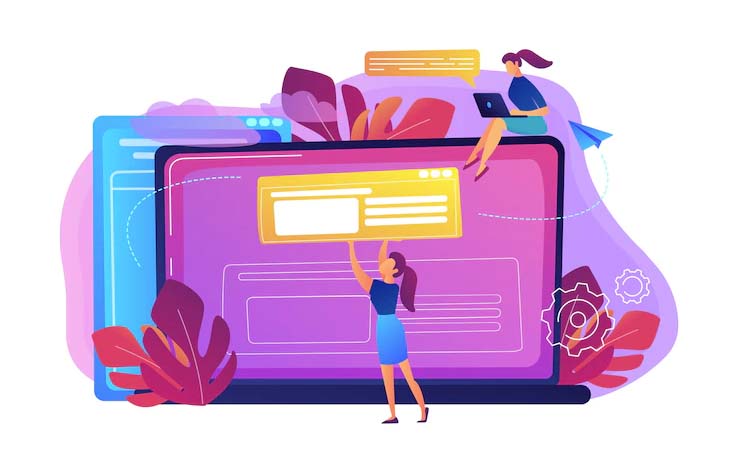On-Page SEO: A Quick Guide For The Newbie
On-page SEO is the practice of optimizing your website content to rank higher in search engine results pages. It’s one of the most important things you can do to improve your website visibility and attract more visitors.
If you’re new to on-page SEO, this guide will teach you the basics. You’ll learn how to optimize your website content for better search engine ranking, including tips on keyword research, title tags, meta descriptions, and more.
By the end of this guide, you’ll have a solid understanding of on-page SEO and how to use it to improve your website’s visibility in search results. Let’s get started!
What is On-Page SEO?
On-page SEO refers to the practice of optimizing your website content to rank higher in search engine results pages. It’s one of the most important things you can do to improve your website visibility and attract more visitors.
Several different factors contribute to your on-page SEO, including the use of keywords, the structure of your website, and the quality of your content.
Keywords are one of the most important elements of on-page SEO. They are the terms that people use when they search for information online. When you include relevant keywords in your website content, it helps search engines to understand what your website is about and how it can be useful for visitors.
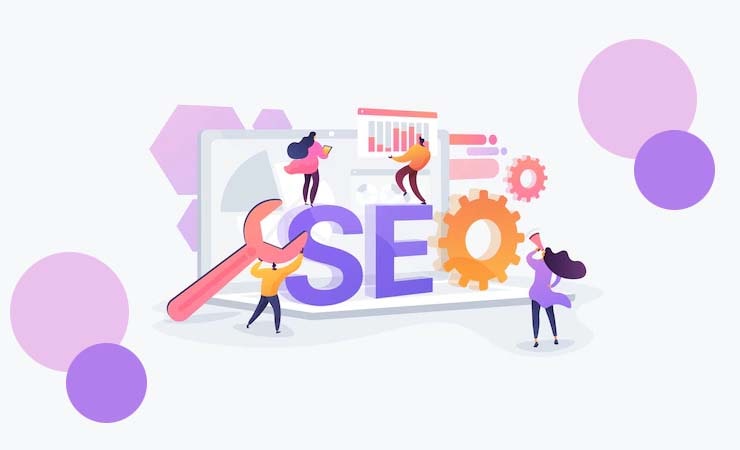
The title tag is another important element of on-page SEO. The title tag is the text that appears at the top of your web browser when you visit a website. It’s also what appears in the search results when someone searches for a keyword that’s related to your website.
Your title should be concise and descriptive, and it should include your target keyword.
Your meta description is the short paragraph of text that appears beneath your title in the search results. It’s your opportunity to tell potential visitors what your website is about and why they should click through to it.
As well as including your target keyword, your meta description should be interesting and engaging, so that people are encouraged to click through to your website.
The quality of your content is also important for on-page SEO. Your content should be well-written, informative, and relevant to your target audience. It should also include relevant keywords so that search engines can easily index them and people can find them when they search for those terms.
How to Optimize Your Website for On-Page SEO
Now that you know the basics of on-page SEO, let’s take a look at how you can optimize your website for better search engine ranking.
Keyword Research
The first step in on-page SEO is keyword research. This involves finding the right keywords to target in your website content. To do this, you need to understand what people are searching for and how likely they are to click through to your website from the search results.
There are several different tools that you can use for keyword research, including Google AdWords Keyword Planner and Moz Keyword Explorer. These tools will help you to find relevant keywords with high search volume and low competition.
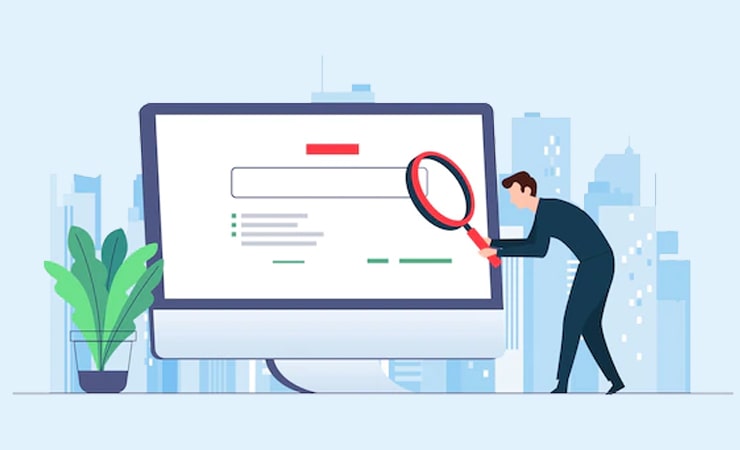
When you’re choosing keywords, it’s important to strike a balance between those with high search volume and low competition. If you choose keywords that are too popular, you’ll have a lot of competition for those terms and it will be difficult to rank highly for them.
On the other hand, if you choose keywords that are too niche, there may not be enough people searching for them to generate any significant traffic.
It’s also important to choose keywords that are relevant to your website and your target audience. There’s no point in ranking for a keyword if it’s not going to bring you any visitors who are interested in what you have to offer.
Once you’ve selected your target keywords, you need to include them in your website content in the right places. This includes your title tag, meta description, header tags, and throughout the body of your text.
However, it’s important not to overuse keywords or stuff your content with too many of them. This will not only make your content difficult to read but it will also be flagged by search engines as spam.
Instead, use keywords naturally and sparingly throughout your content.
Title Tag Optimization
As we mentioned earlier, the title tag is the text that appears at the top of your web browser when you visit a website. It’s also what appears in the search results when someone searches for a keyword that’s related to your website.
This makes the title tag one of the most important elements of on-page SEO.
Your title should be concise and descriptive, and it should include your target keyword. However, it’s also important to make sure that your title is readable and makes sense for humans as well as search engines.
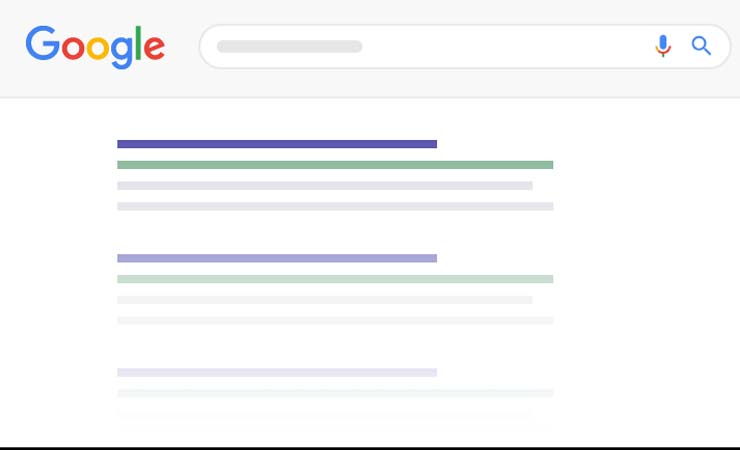
If your title is too long, it will be cut off in the search results, so make sure you keep it under 60 characters. You should also avoid using stop words such as “and”, “our”, and “the”, as these take up valuable space without adding any meaning.
Meta Description Optimization
The meta description is the brief piece of text that appears under your title tag in the search results. This is your opportunity to convince people to click through to your website, so it’s important to make it as persuasive as possible.
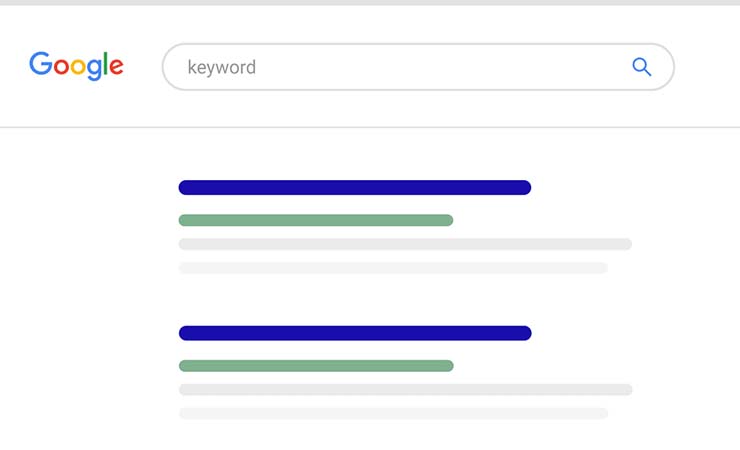
Your meta description should be around 155 characters long and should include your target keyword. However, as with the title tag, it’s also important to make sure that your meta description is readable and makes sense for humans as well as search engines.
Header Tag Optimization
Header tags are used to structure your content and make it easy to read. They break up your text into sections and sub-sections, which makes it easier for people to scan through and find the information they’re looking for.
Header tags also have a hierarchy, with H1 tags being the most important and H6 tags being the least important. Your target keyword should appear in your H1 tag, as this tells search engines what your page is about.
You can also use H2, H3, H4, and H5 tags to further structure your content and include additional keywords. However, don’t go overboard with this or your pages will look like they’re stuffed with keywords.
Body Content Optimization
The body content is the main text on your web pages. This is where you need to include your target keyword and related keywords to optimize your page for the search engines.
However, as we mentioned earlier, it’s important not to overuse keywords or stuff your content with too many of them. A good rule of thumb is to keep your keyword density around 1-2%.
This means that if your page has 1000 words, your target keyword should appear between 10 and 20 times. Any more than this and you run the risk of being penalized by the search engines.
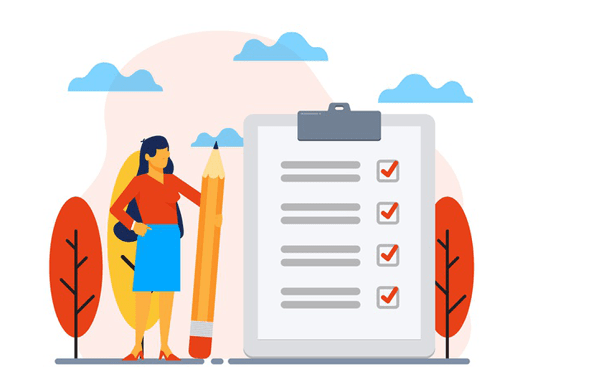
It’s also important to make sure that your content is well-written and informative. No one wants to read a wall of text crammed full of keywords, so make sure you write for humans first and foremost.
If your content is interesting and useful, people will be more likely to share it, which will help to increase your ranking in the search results.
Image Optimization
Images are a great way to break up your text and make your pages more visually appealing. However, they can also help you to rank higher in the search results if you optimize them correctly.
When you upload an image to your website, you should always include a keyword-rich file name and alt text. The file name is the name of the image file on your computer, while the alt text is the text that appears when someone’s mouse hovers over an image.
Both of these provide an opportunity to include keywords, so make sure you take advantage of them.
Internal Linking
Linking to other pages on your website is a great way to keep people engaged and help them find additional information they’re interested in. It also tells search engines which pages on your site are most important.
When you’re linking to other pages, make sure you use keyword-rich anchor text. This is the text that appears when someone clicks on a link, so it’s another opportunity to include keywords.
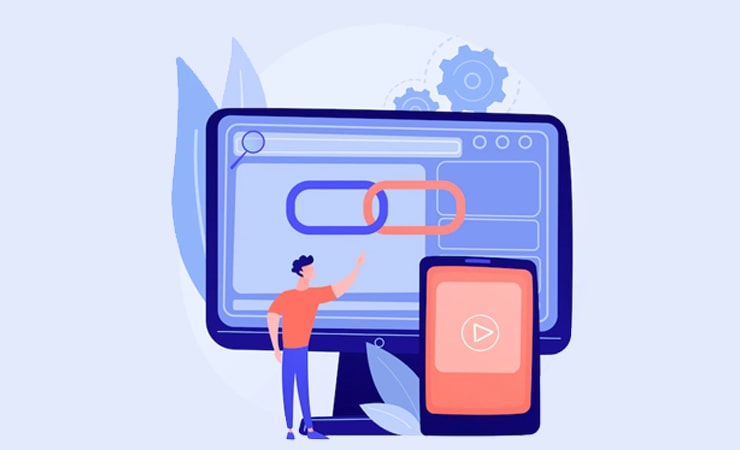
However, as with all of the other optimization techniques we’ve discussed, don’t go overboard with this or you could be penalized by the search engines. A few well-placed links will do the trick.
External Linking
Linking to other websites can also help you to rank higher in the search results. However, it’s important to make sure that you only link to high-quality websites that are relevant to your niche.
If you link to a bunch of low-quality or spammy websites, it will reflect poorly on you and could result in a penalty from the search engines.
Add schema markup for rich snippets:
Schema markup is a code that you can add to your website to help search engines understand your content better. It’s used to create rich snippets, which are the short pieces of text that appear under your listing in the search results.
Rich snippets can include your company’s logo, customer ratings, pricing information, and more. Adding schema markup to your website can help you to stand out in the search results and attract more clicks.
Social Media Optimization
Social media is a great way to promote your content and increase your visibility online. When people share your content on social media sites, it creates backlinks to your website, which can help you to rank higher in the search results.
When you post links to your content on social media, be sure to use keyword-rich descriptions and tags.
In addition, social media signals also tell the search engines how popular your content is. The more social media shares you have, the more likely you are to rank higher in the search results.

To optimize your social media accounts for the search engines, make sure you include links to your website and use keyword-rich descriptions. You should also post regularly and interact with other users to build up a following.
Link to relevant resources:
Linking to relevant resources can help to increase your ranking in the search results. If you link to a high-quality website that’s relevant to your niche, it will show the search engines that you’re an authority on the subject.
To find relevant resources to link to, do a Google search for your keyword phrase and look for websites that come up in the results. You can also use social media sites to find relevant websites to link to.
When you link to a website, be sure to use keyword-rich anchor text. This is the text that appears when someone clicks on a link, so it’s another opportunity to include keywords.
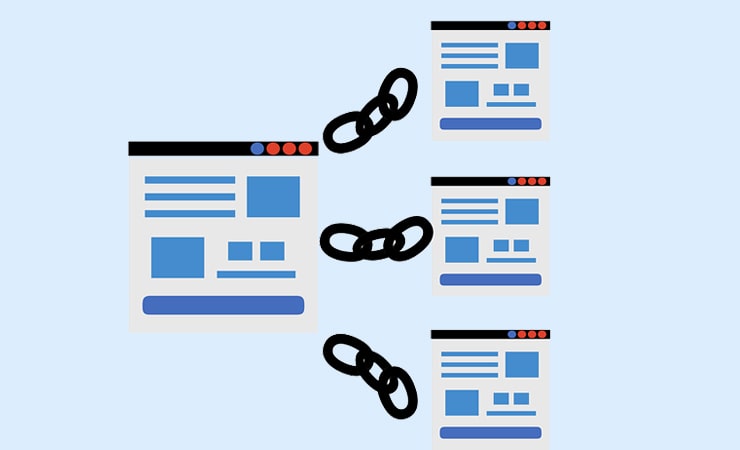
If you do all of these things, you’ll be well on your way to ranking higher in the search results. Just remember to take things slowly and don’t try to game the system, or you could end up being penalized by the search engines.
Do you have any questions about on-page SEO? Let us know!
- 15 Meta Description Tips that drives Traffic and clicks
- 5 Effective On-Page SEO Techniques to Drive Organic Traffic
- Top 10 Link Building Strategies for new website
- Off-Page and On-Page SEO: What’s the Difference?
Follow me on Twitter, LinkedIn, Facebook, Instagram
